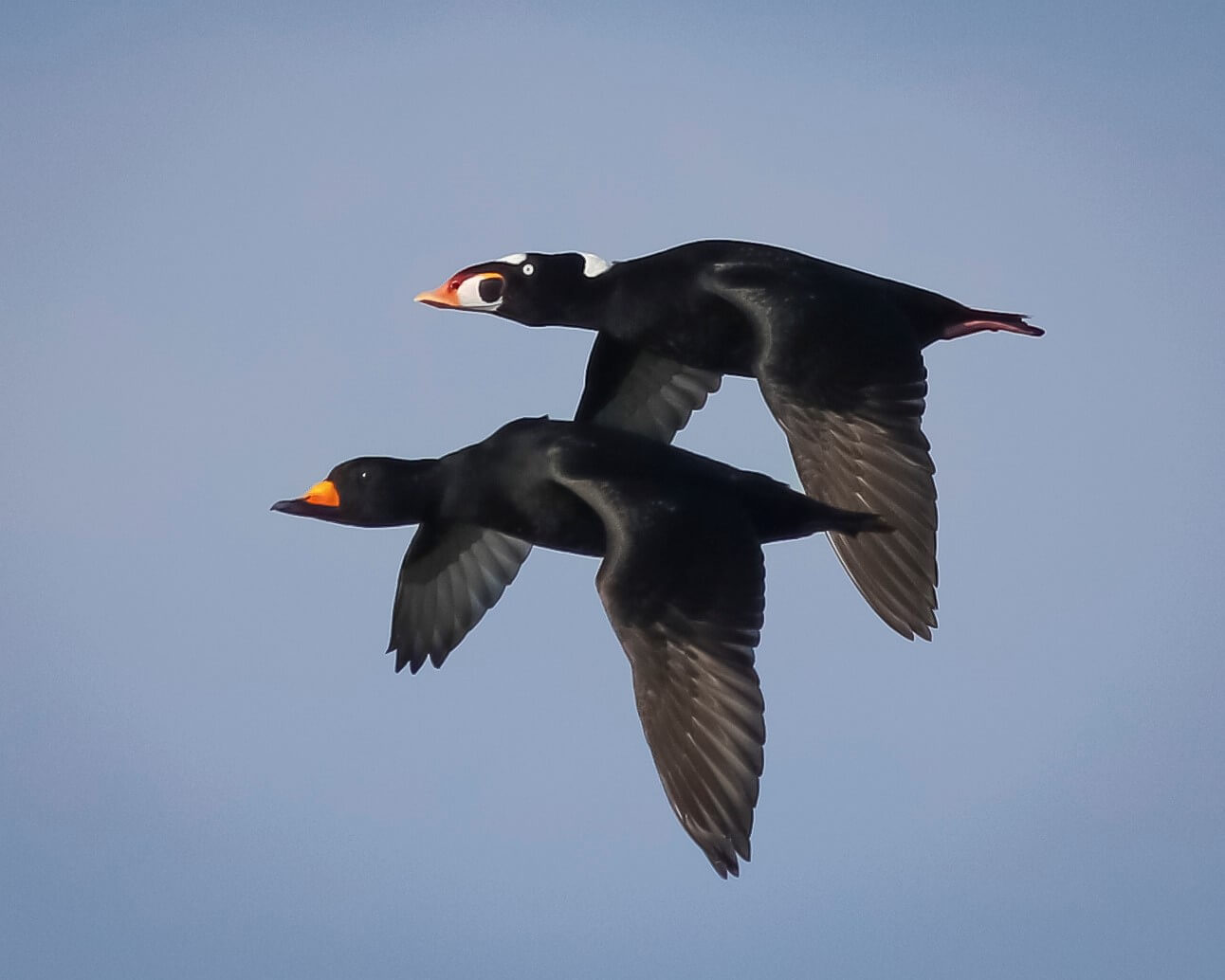Cape May County, Naturally is a bi-weekly nature column in the Herald from the New Jersey Audubon

Cape May County is world renowned for its birds (ranked #2 by National Geographic as a World Birding Destination), and the Cape May Bird Observatory (CMBO) recently reached an incredible milestone at its Avalon Seawatch: one million migrating waterbirds were counted during the fall, only the third time in the count’s 31-year history! The Avalon Seawatch is conducted from October 1 to December 22 off the beach between 8th and 9th Streets, and is one of only a few counts of its kind in the country.
Focused on southbound migrants in the fall, the count averages ~750,000 birds each year of ~70 different waterbird species, an amazing mix of geese, swans, ducks, grebes, jaegers, alcids, gulls, terns, loons, storm-petrels, shearwaters, gannets, cormorants, pelicans, herons, egrets and ibises–all seen and counted from shore!

With its geographic location that is “Cooler by a Mile,” Avalon is perfectly situated along the Atlantic Flyway to witness birds migrating from as far north as the Arctic on their way to wintering grounds along the southern US coast and beyond. The barrier island’s prominent projection into the Atlantic Ocean forces near-shore migrants to curl out around it, allowing for close observation, while distant migrants pass closer than points to the north and are easier to identify. Peak days are a whirlwind of activity, sometimes surpassing 50,000 birds, all in constant motion and a challenge to identify and quantify.
Black Scoters, a beautiful sea duck, are the most common species counted, with a season’s total often surpassing 200,000 individuals. Surf Scoter, Red-throated Loon, Northern Gannet and Double-crested Cormorant round out the top 5, but there is so much more to see and appreciate.
Rare species this past fall included singles of Ross’s Goose and Eared Grebe, while 6,672 Razorbills was an incredible total for this northern alcid.
The Avalon Seawatch is open to the public and made possible through the support of the Borough of Avalon. Interpretive naturalists with the Cape May Bird Observatory are often on-hand to assist with spotting and identification, and to hold regularly scheduled ID mini-workshops.
Hope you’ll join us next fall for more amazing migration or take advantage of our year-round birding programs and research–go to www.birdcapemay.org for more information.








